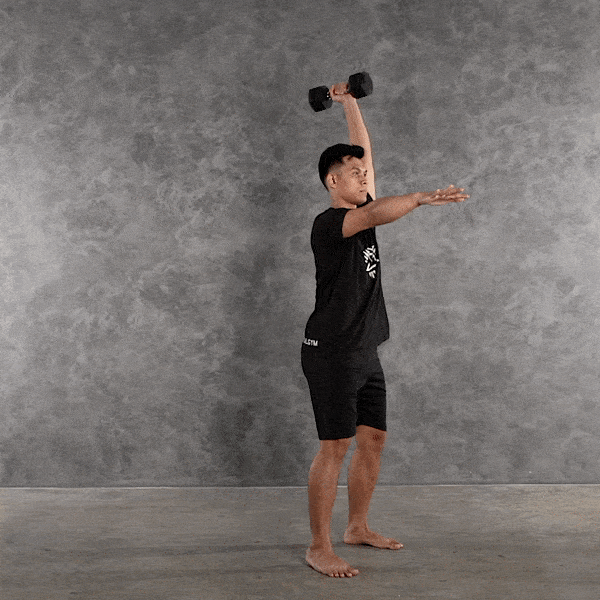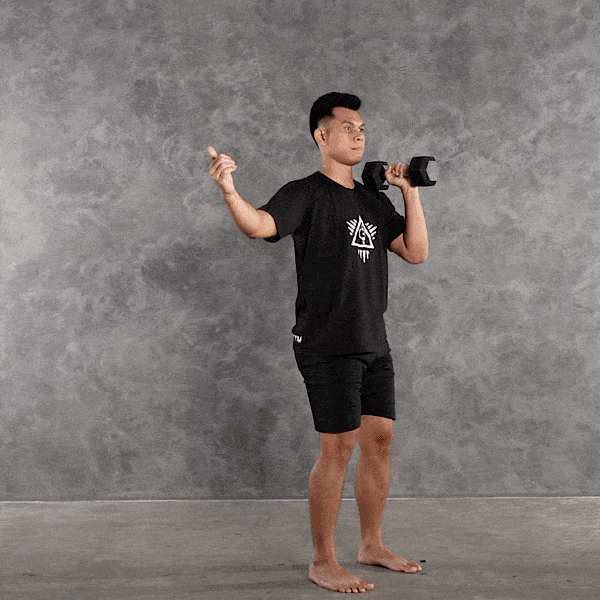Insights and recommendations powered by Slated AI Coach
Level up your lunge


The lunge is one of the most versatile and functional exercises there is—it's applicable to any sport and activity and it's great for building unilateral strength and stability (fancy talk for ‘strong on one leg’). This is important because we often find ourselves in single-leg positions in life. Besides being great for lower body strength and power, the lunge is also fantastic for working on imbalances that most of us have between the left and right leg.
Almost every land-based sport utilizes some version of a lunge. A boxer, for example, will drop into a partial lunge, combined with quick rotation at the hips, to throw a big cross towards an opponent. A rock climber often has to combine multiple deep lunge patterns with rotation and upper body pulling with each step upwards. Pretty much every ground stroke in tennis involves a lunging motion.
When you lunge, you're using virtually all of your lower-body muscles. The quadriceps straighten your knees from a bent position, the hamstrings and gluteals straighten your hip when you return to the standing position, and your whole lower body works to stabilize and manage impact throughout. In addition to the obvious strength benefits, using these large muscle groups also speeds up your metabolism, which is exactly what you want if you’re trying to lose excess body fat.
Tip #1: Perfect the basic lunge
Before attempting the different variations of the lunge, it’s important to first learn to do the basic bodyweight lunge with proper form so your body learns to stabilize even during high-intensity exercise. Make sure you're comfortable with the angles and activation required—take a step back (not too far), aim to get both knees to 90 degrees at the bottom, and feel your entire lower body fire up to stabilize, especially the glute and quad of the front leg. Make sure you're driving through the front heel as you stand up.

Tip #2: Add some lateral movement
Once you feel balanced and in control when doing the bodyweight lunge, try the lateral lunge. You'll get challenged with new angles to stabilize through, and get more gluteus medius activation, which is sort of your ‘side-butt’ muscle, which is critical for knee and hip stability, especially as you get stronger or if you play any sport.
Quick aside: our gluteus medius is designed to activate when we’re running around, cutting angles, jumping laterally through a forest, or from rock to rock, for example. Most people don’t do these lateral movements in regular life these days, and as a result, a lot of us have a little bit of instability in the knee because of it. Easy fix: use it with movements like the lateral lunge!

Tip #3: Increase the stabilization demands
With enough reps on the lunge and lateral lunge, your confidence will build and you’ll have a deep understanding of the ‘groove’—when a movement just feels right, and the activation feels great. When you're ready to kick things up a gear, try the unilateral overhead lunge—this one adds a whole new dynamic to the movement, because you have to stabilize through the shoulder, lats and core, making it one of the most potent full-body strength movements available. This one is super fun!

Quick aside: If the unilateral overhead lunge feels a little intimidating, try the unilateral lunge, which is basically the same thing, but instead of holding the weight overhead, you’re holding it at shoulder height.

Tip #4: Challenge yourself with the superman squat
There's much more to the game than adding weight, though! Advanced exercises like the superman squat take a while to learn, but taking the time to practice it will pay dividends in the long term. You increase your usable range of motion in the ankle, knee, and hip, which is going to build you resilient joints, functional muscle, and a central nervous system that knows how to stabilize even in tough situations. Plus, once you have this skill, you will know how to get an advanced lower body strength workout with zero equipment! Very few people, even amongst trainers, can do 10 of these in a row.

When you’re learning this one, you might find it helpful to hold on to a wall or a suspension trainer for a while, so your body and brain can learn the tricky skill of balancing on a single leg.
Looking for even more lunge variations?
If you're after even more variety, do check out the movement library in the Ritual FIT app—you'll find plenty more single-leg movements in there! But, remember that nailing the fundamentals is where the secret sauce is. Lay this foundation, and you’ll be able to easily learn all the other variations on your own.
It’s also the perfect time to remind ourselves that we never outgrow the basics. In fact, the next time you’re going to do some fancy single leg stuff, remember that the best way to get your body ready for a unilateral overhead lunge or superman squat is to use the simpler variations to warm up the system before ramping up.



